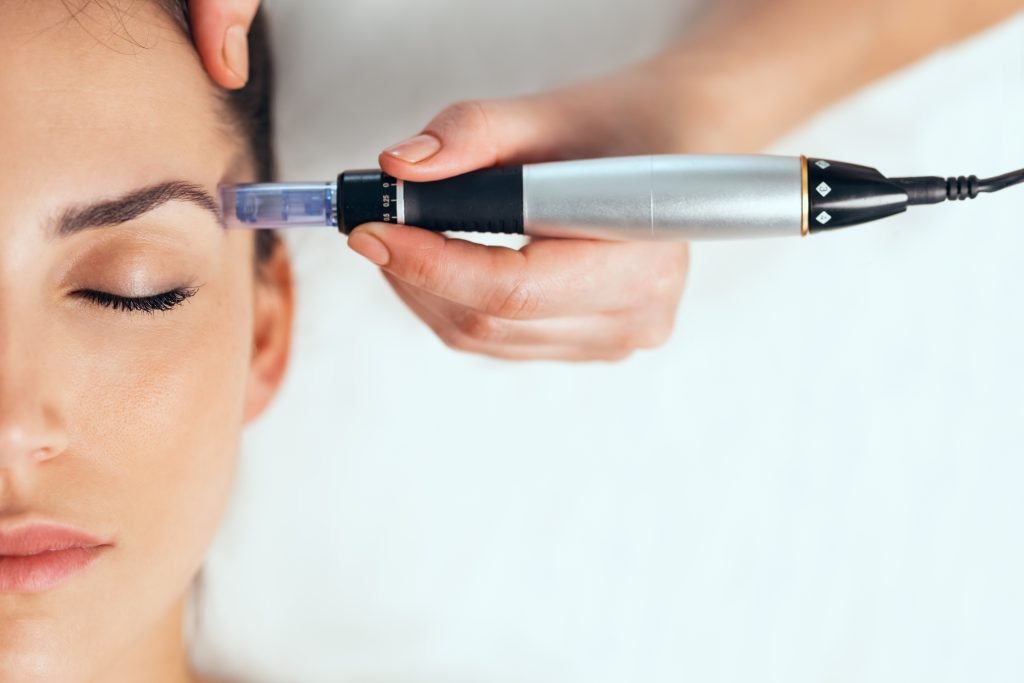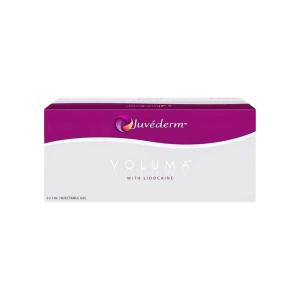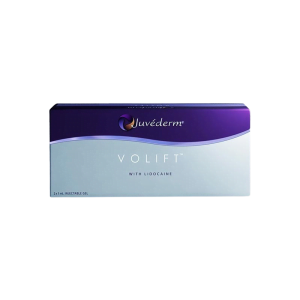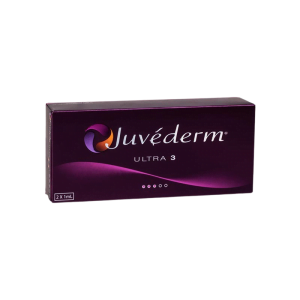There has been a surge in people resorting to aesthetic procedures to tackle prevalent signs of aging such as fine lines, creases, and a loss of volume in the face and hands. Injectable dermal fillers effectively handle these issues, and their efficacy is backed by many research studies on fillers approved by the FDA, resulting in high levels of patient contentment.
However, bear in mind that not every individual may be a suitable prospect for these treatments. In certain instances, existing health complications or specific allergies may render the use of dermal fillers unsuitable. If dermal fillers are deemed an efficient solution for you by your healthcare provider, it’s vital to comprehend that all medical treatments inherently have potential pros and cons. The FDA recommends patients to only collaborate with licensed healthcare practitioners who possess the necessary knowledge, can handle any arising complications, and thoroughly discuss the potential benefits and risks involved.
Deciphering Dermal Fillers
Dermal fillers are injectable substances with a gel-like consistency that are inserted beneath the skin to smooth out creases and augment volume, improving the skin’s overall aesthetic appeal. The FDA labels these as medical devices, and the majority of approved dermal fillers yield temporary results as the human body progressively metabolizes the fillers’ components. This necessitates regular treatments to maintain the desired look.
Diverse Types of Dermal Fillers
Frequently used fillers typically comprise substances such as:
- Hyaluronic Acid: a sort of sugar inherently found in our bodies.
- Calcium Hydroxylapatite: a vital component of bone.
- Poly-L-lactic Acid (PLLA): a biodegradable, synthetic compound.
However, one FDA-approved filler that the body doesn’t metabolize includes polymethylmethacrylate (PMMA) microspheres in a mixture of bovine collagen.
FDA-Sanctioned Applications of Dermal Fillers
Dermal fillers, sanctioned for individuals aged 22 and above, can be used to:
- Alleviate moderate to severe facial wrinkles and skin folds.
- Add volume to lips, cheekbones, chin, undereye areas, jawline, and hands.
- Restore the loss of facial fat in HIV-positive patients.
- Address acne scarring on the cheeks.
FDA Cautions Against Unauthorized Fillers
The FDA doesn’t condone the use of silicone injections or other fillers for body shaping or augmentation and issues rigorous warnings against injecting such substances into the breasts, buttocks, or muscles. Such practices can result in considerable damage, including chronic pain, infections, irreversible scarring or deformities, and possibly fatal outcomes.
Moreover, devices using needle-free techniques for filler injections aren’t sanctioned by the FDA, as their imprecision can result in severe injuries and permanent harm. The FDA firmly cautions against buying or using lip or facial fillers sold directly to consumers due to possible contamination or lack of FDA clearance.
Potential Dangers of FDA-approved Fillers
Like all medical treatments, dermal fillers carry some inherent risks. These potential side effects include temporary issues such as bruising, irritation, swelling, soreness, sensitivity, itching, rashes, and, in case of hand injection, difficulty with regular tasks. Less common but serious risks can comprise inflammation, nodules or granulomas, infections, discharging wounds, allergic reactions, necrosis, or accidental injections into blood vessels that can lead to stroke, blindness, or tissue death.
Additional procedures or surgery may be required to remove the fillers in case of adverse reactions, each procedure carrying its own set of risks.
Guidelines for Those Contemplating Injectable Dermal Fillers
Always confer with a certified healthcare professional specialized in dermatology or plastic surgery for administering dermal fillers. Ensure they use properly labeled, sealed vials or pre-filled syringes of FDA-approved fillers. Be fully informed about the product being injected and the associated potential risks. Refrain from purchasing dermal fillers sold directly to consumers and never attempt self-injection.
Dermal Fillers versus Botulinum Toxin Products
Botulinum toxin products like Botox, Dysport, Xeomin, and Jeuveau, approved by the FDA for treating facial wrinkles, are distinct from dermal fillers. These products function by relaxing facial muscles, thus reducing the prominence of wrinkles. The safety of concurrently using dermal fillers with botulinum toxin products hasn’t been evaluated in clinical investigations.
Side effects from these injectables can include facial weakness, drooping eyelids and eyebrows, localized discomfort, inflammation, redness, and bruising at the site of injection. In rare circumstances, dry eyes, double vision, swallowing or breathing difficulty might ensue. They are not advised for pregnant or breastfeeding individuals.
-
 Juvéderm® Voluma w/ Lidocaine$350.23 – $397.99
Juvéderm® Voluma w/ Lidocaine$350.23 – $397.99 -
 Juvéderm® Volfit w/Lidocaine$425.03 – $482.99
Juvéderm® Volfit w/Lidocaine$425.03 – $482.99 -
 Juvéderm® Volfit Retouch w/Lidocaine$151.35 – $171.99
Juvéderm® Volfit Retouch w/Lidocaine$151.35 – $171.99 -
 Juvéderm®Ultra$210.31 – $511.99
Juvéderm®Ultra$210.31 – $511.99









